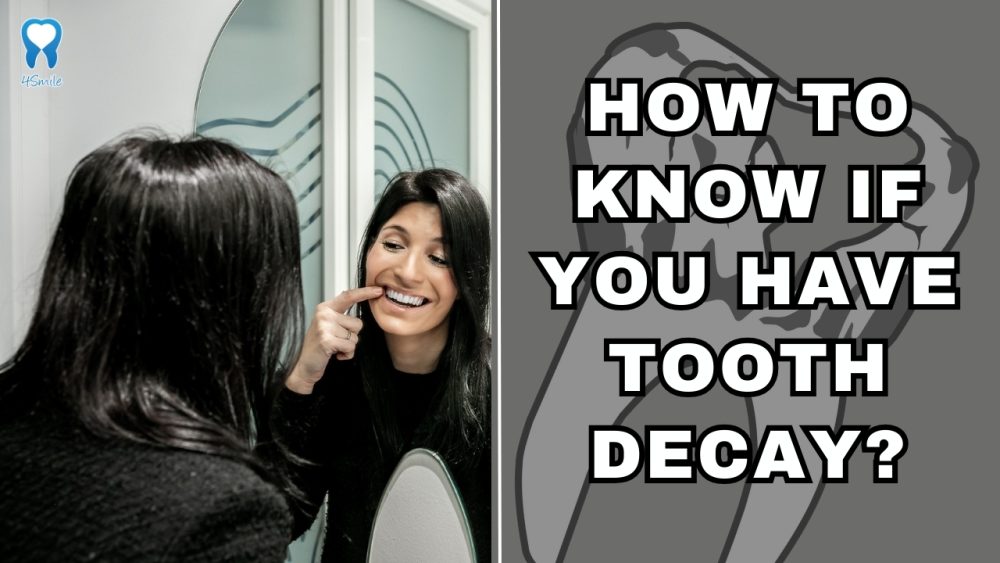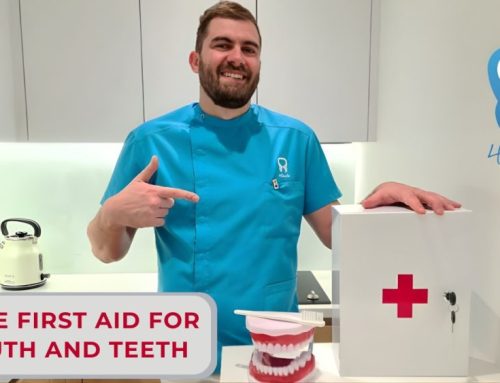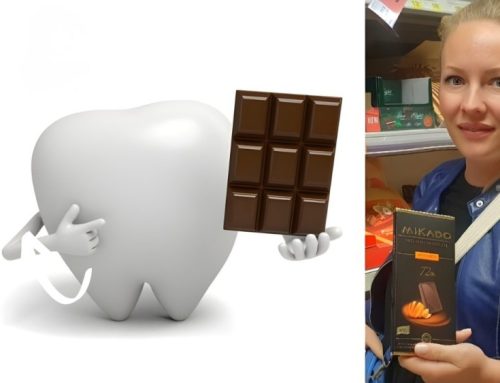How to know if you have tooth decay?
Tooth decay (cavity) is one of the most common dental problems, but in the early stages it often goes unnoticed. It is especially difficult to notice caries with the naked eye, because in adult patients it most often develops between the teeth. This is precisely why regular visits to the dentist are crucial for early detection and prevention of further complications.
In this week’s Dental Centra4Smile blog, dentist in Europe, Croatia, Ivan Antolković will help you recognize the first signs of tooth decay and provide advice on how to best protect your teeth..
What is tooth decay?
Tooth decay is the gradual deterioration of the tooth structure caused by acids produced by bacteria in the mouth. These acids are a result of the breakdown of sugars from food and drinks. If left untreated, tooth decay can lead to pain, infection, and ultimately tooth loss.
Signs you have tooth decay
- Tooth sensitivity
One of the first signs of tooth decay is tooth sensitivity. If you notice that your teeth are sensitive to hot, cold, sweet or sour, this may be an indication that you have the initial stage of tooth decay. This sensitivity usually occurs because tooth decay damages tooth enamel, which allows external stimuli to reach the inner parts of the tooth.
- Toothache
As decay progresses, it can lead to toothache, especially when chewing or consuming food and drinks. The pain can range from mild discomfort to severe pain. Persistent toothache may indicate that the decay has reached the dentin or even the pulp, requiring urgent treatment.
- Tooth discoloration
Decay often causes tooth discoloration. It may start as a white spot but can turn brown or black as it progresses. These color changes result from the demineralization of the tooth enamel and the damage to deeper layers of the tooth.
- Visible holes or pits in the tooth
If you notice small holes or pits on the surface of your teeth, it’s very likely that you have tooth decay. These holes are caused by the breakdown of the tooth structure by bacteria. They are often visible and can be felt with the tongue.
- Bad breath or unpleasant taste in the mouth
The bacteria responsible for tooth decay can also lead to bad breath or an unpleasant taste in the mouth. If you notice persistent bad breath despite regular brushing, it could be a sign of decay.
What to do If you suspect you have tooth decay?
If you notice any of the signs mentioned above, it’s essential to visit your dentist as soon as possible. Early detection of tooth decay can prevent more serious problems and help preserve your teeth. At Dental Center 4Smile in Europe, Croatia, we use the latest techniques and materials to treat tooth decay, ensuring your teeth remain healthy and functional.
Prevention is key
The best way to avoid tooth decay is regular oral hygiene and preventive check-ups. Here are some tips to protect your teeth:
– Brush your teeth regularly: Brush your teeth at least twice a day for two minutes each time.
– Use dental floss or an oral irrigator (waterpik): Flossing or using an oral irrigator helps remove food and plaque from between the teeth where a toothbrush cannot reach.
– Avoid excessive sugar consumption: Bacteria in the mouth feed on sugar, so reduce your intake of sweets and sugary drinks.
– Regular check-ups: Visit your dentist at least twice a year for check-ups and professional cleaning.
Tooth decay is an issue that should not be ignored. Watch for signs, maintain good oral hygiene, and regularly visit your dentist to keep your teeth healthy and decay-free.
Your Dental Center 4Smile in Europe, Croatia, and dentist Ivan Antolković are here for you!















